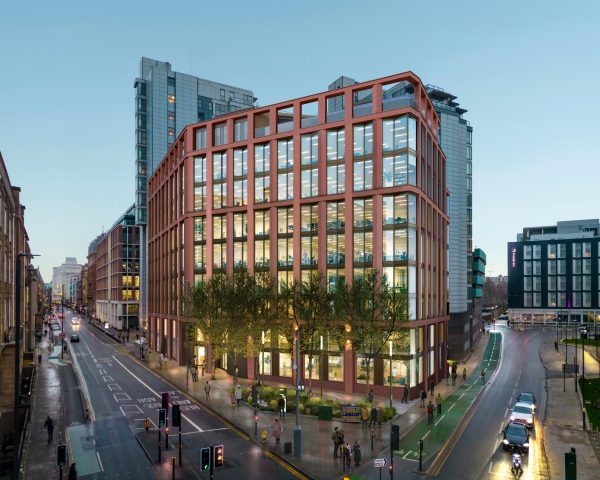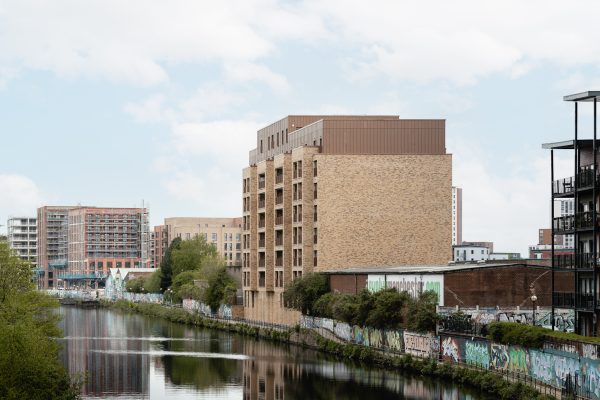The Waterhouse
Riverfront living in the city
86 homes
Homes
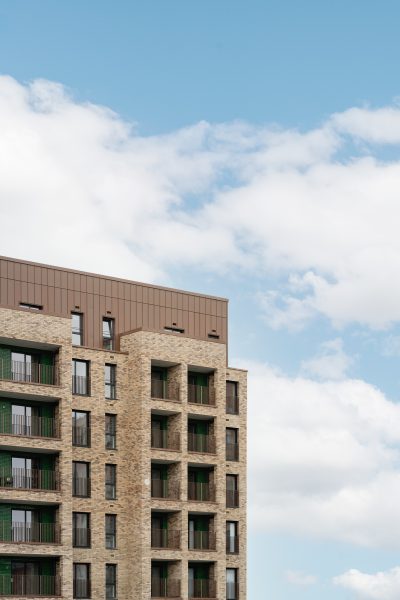

The Waterhouse is a new-build residential development on the banks of the River Irwell in Salford. The building contains 86 apartments: a mix of one, two and three-bedroom units including duplexes at street level and two penthouses, alongside with various residential amenity spaces. The scheme seeks to create a true sense of place through high quality, contemporary design that references the history of the site which was occupied previously by J and JM Worrall’s Dye Works for over 150 years.
01 Project narrative
Providing homes with character
The scheme comprises of a mix of a mix of one, two and three-bedroom units and duplexes at street level. It seeks to create a true sense of place through high quality, contemporary design that references the history of the site.
The scheme acts as a benchmark for future development in the area, through careful detailing and a considered choice of materials, as well as the subtle use of colour: the inset balconies to the three blocks are lined in green glazed bricks, echoing the dyed velvets produced and sold by the dye works.
- 1/4
- 2/4
- 3/4
- 4/4
Regenerating this historic riverside site
Historically, the site was home to J and JM Worrall’s Dye Works, which moved to Ordsall in 1792. Between 1851 and 1890, the works quickly expanded along the waterfront, with factory buildings close to the river and workers’ houses occupying most of the area to the north.
The Worralls established a strong reputation for their world-famous dyed velvets. In its heyday, the company had global renown as one of the textile industry’s largest and most influential velvet dyers and printers.
The opening of the Manchester Ship Canal in 1894 and the construction of Pomona and Salford Docks transformed the area, allowing goods to be shipped across the world.
The proposed design seeks to recognise the historical importance of the site by incorporating colour into the facades, wayfinding, and signage to reference the dye works which once occupied the site and to help to create a defined identity and sense of place.
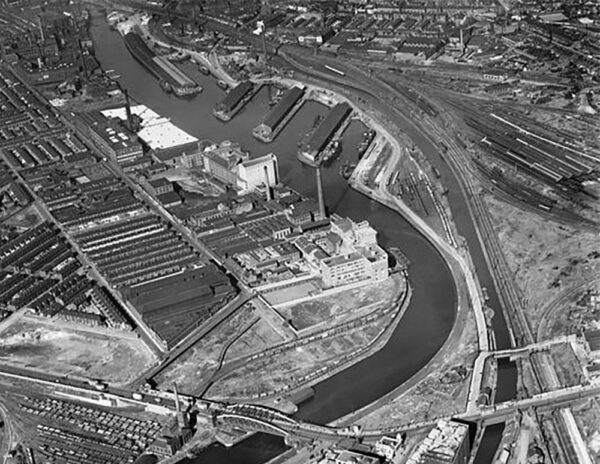



Knitting communities together through intelligent design
The driving aspiration throughout the development of the scheme has been to deliver a streetscape with human scale and to address the following issue highlighted in the Ordsall Riverside Guidance: “Ordsall is an area of fragmented urban fabric with a lack of street frontages and weak definition of the street space.”
All elevations have been designed to respond to specific opportunities and constraints, such as the river frontage, key views, and boundaries. The facades have been designed to provide depth and interest, breaking down what could otherwise be a large and repetitive mass. A clearly defined language has been employed that is consistent across all three blocks and includes balconies, large windows to living spaces and regular, linear facades. Active street frontages have been created to promote pedestrian movement across the site and out to the wider area.




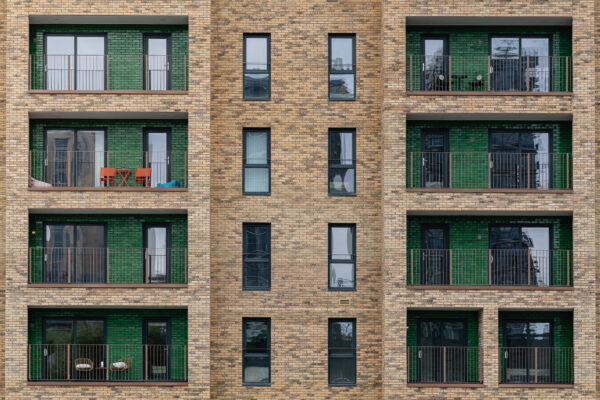
Project team
Awards


